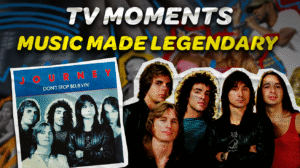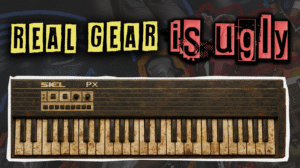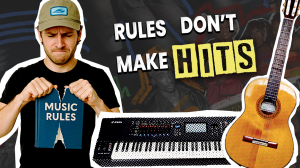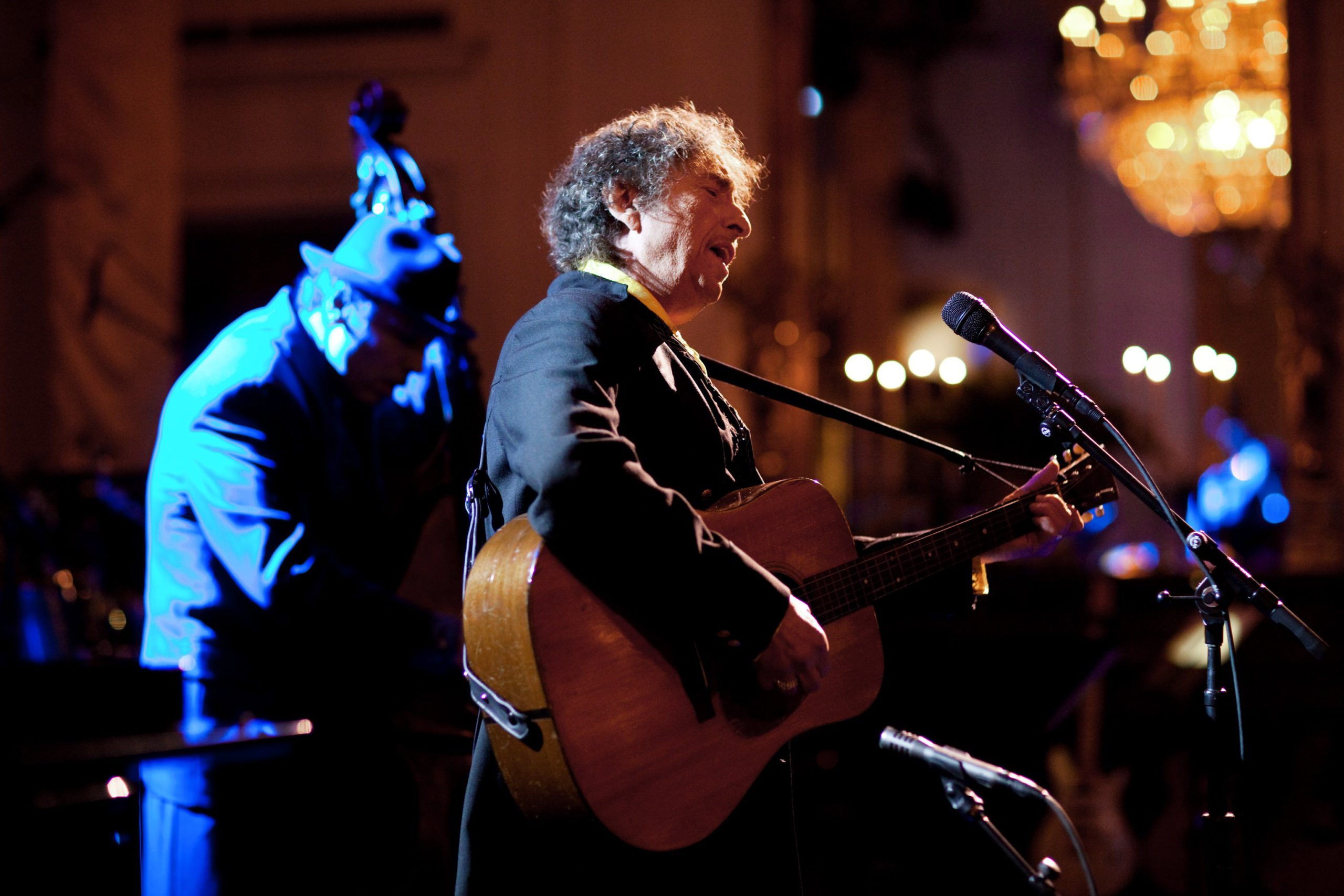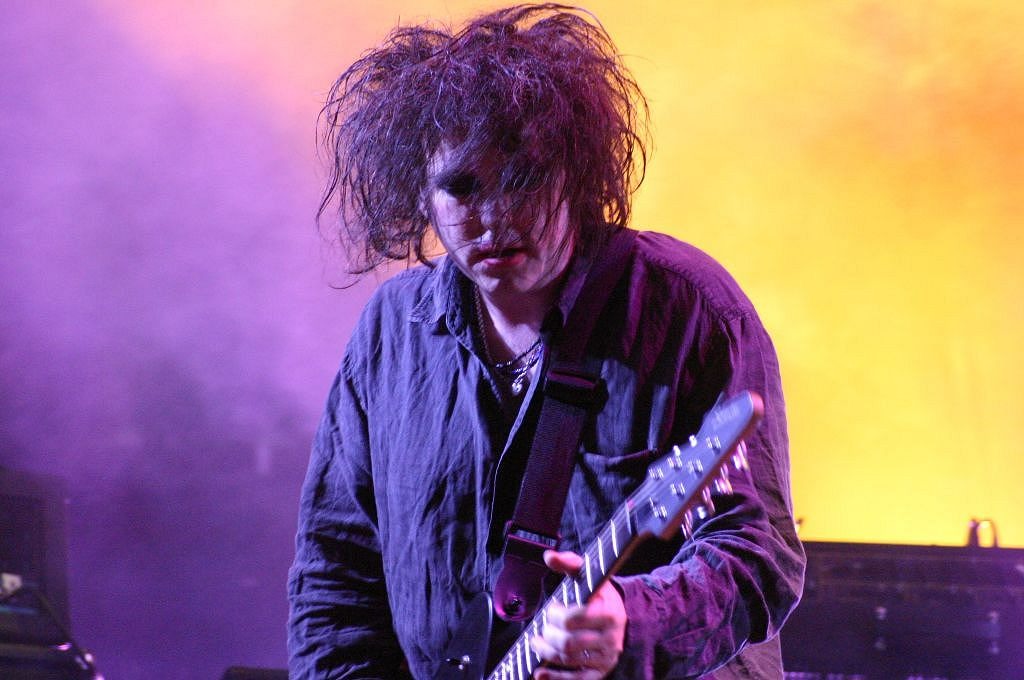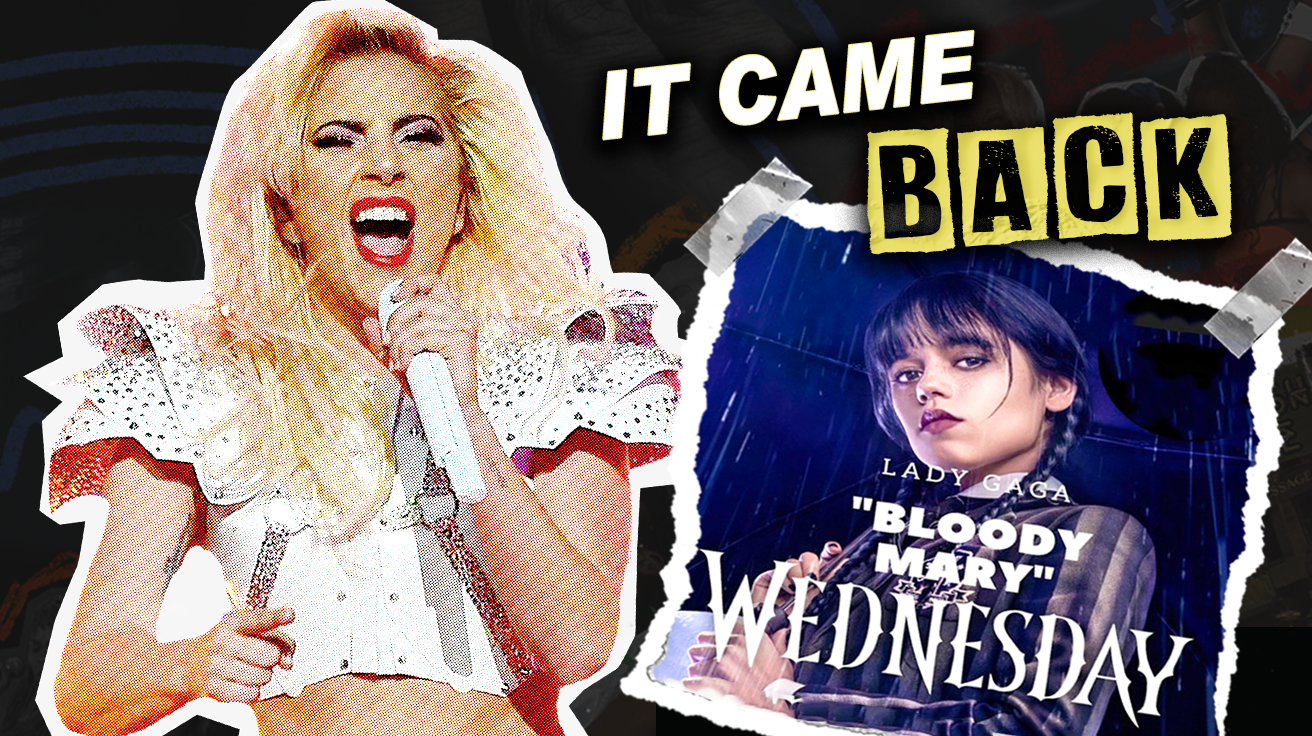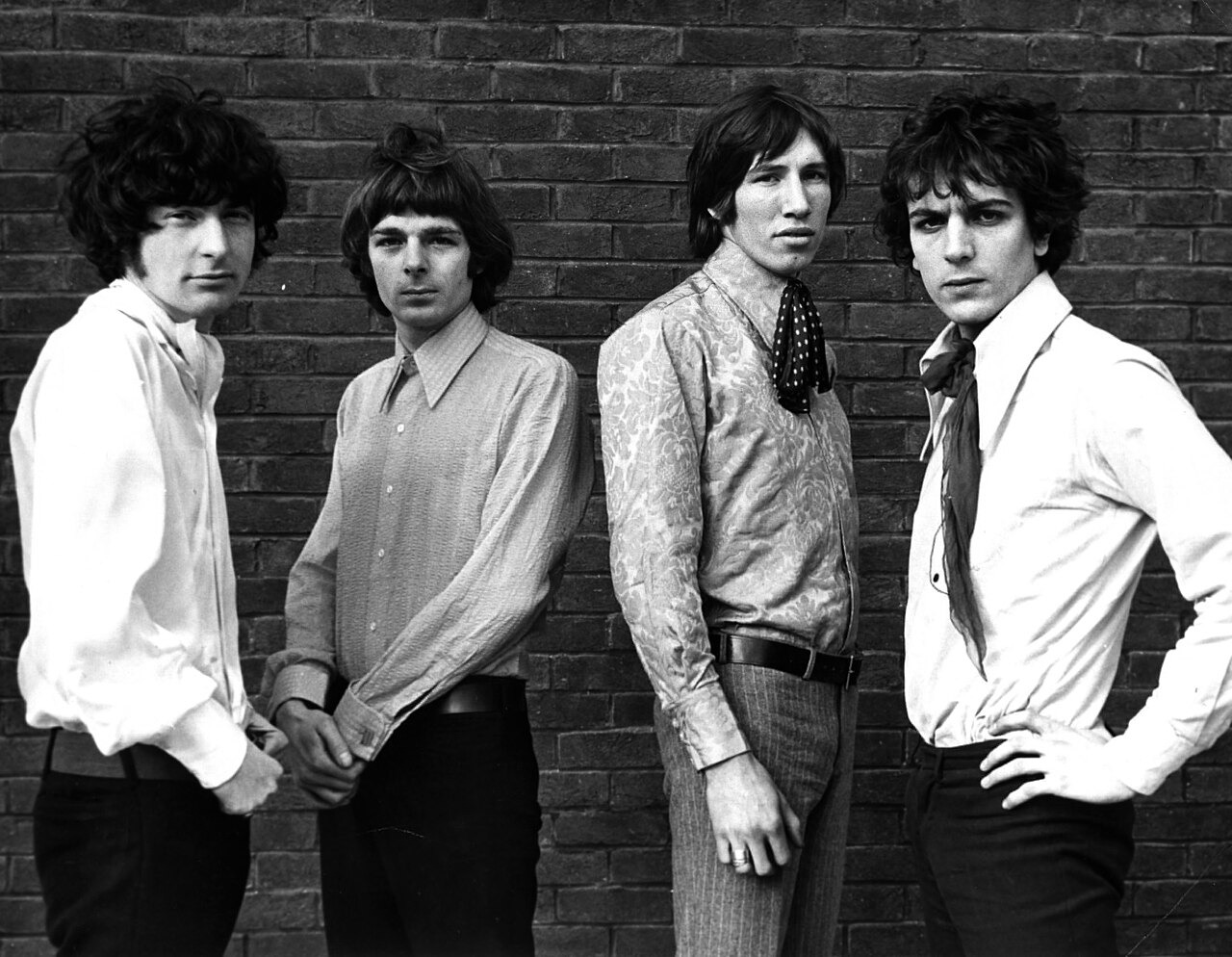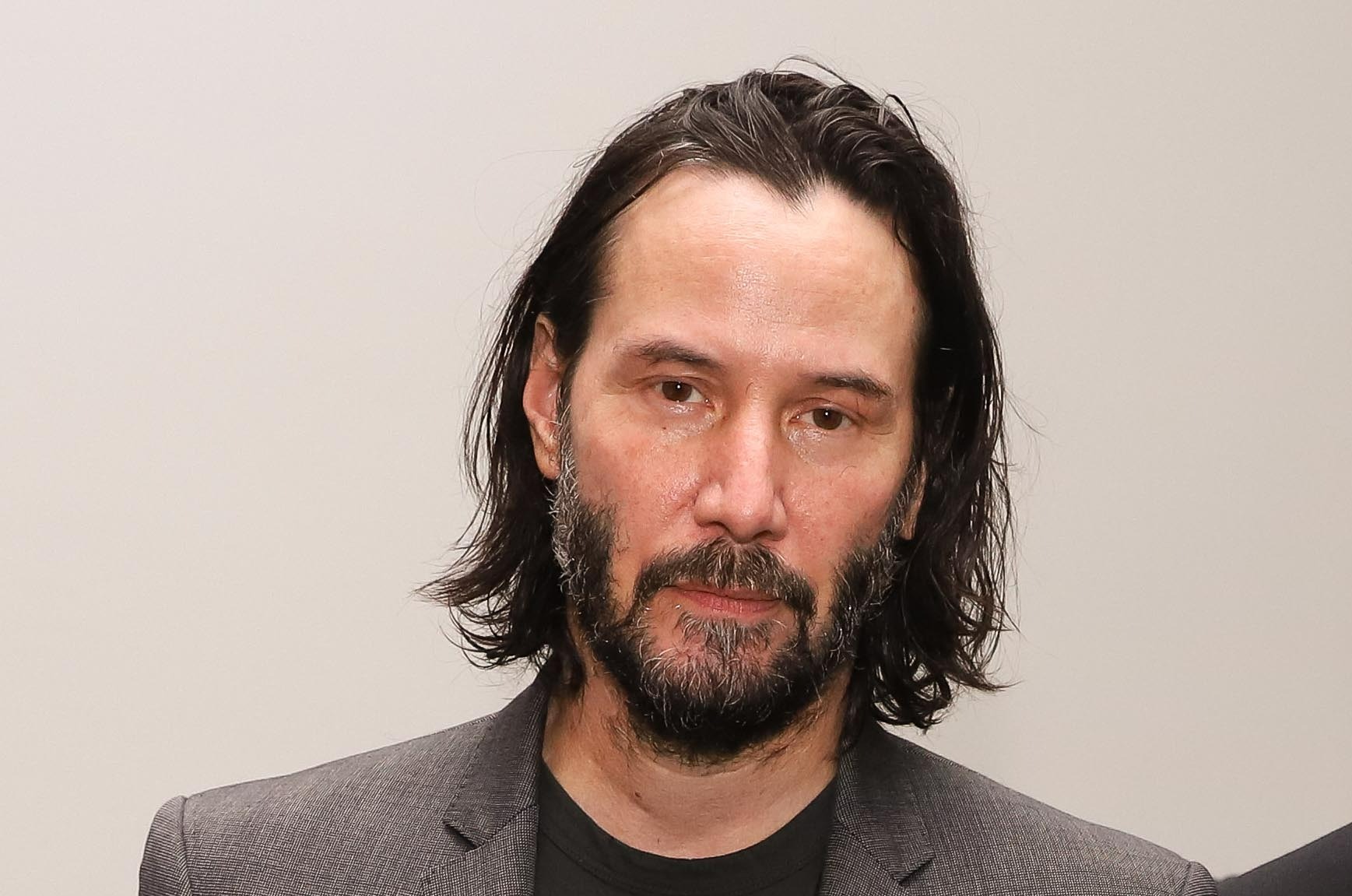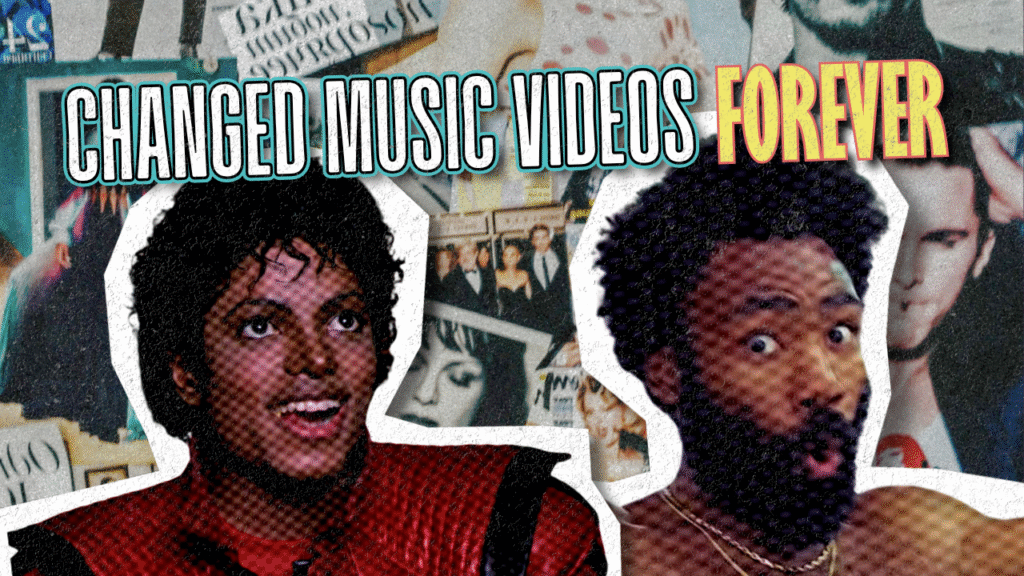
Music videos didn’t just change how we consume music—they forced platform upgrades, launched global movements, and created visual languages we still speak today. These ten clips literally broke YouTube’s architecture, rewired MTV’s programming strategy, and redefined what three minutes of footage could accomplish. From forcing Google engineers to rebuild view counters to making record labels rethink entire promotional strategies, these videos proved that the right visuals at the right moment can reshape industries overnight.
10. Bohemian Rhapsody
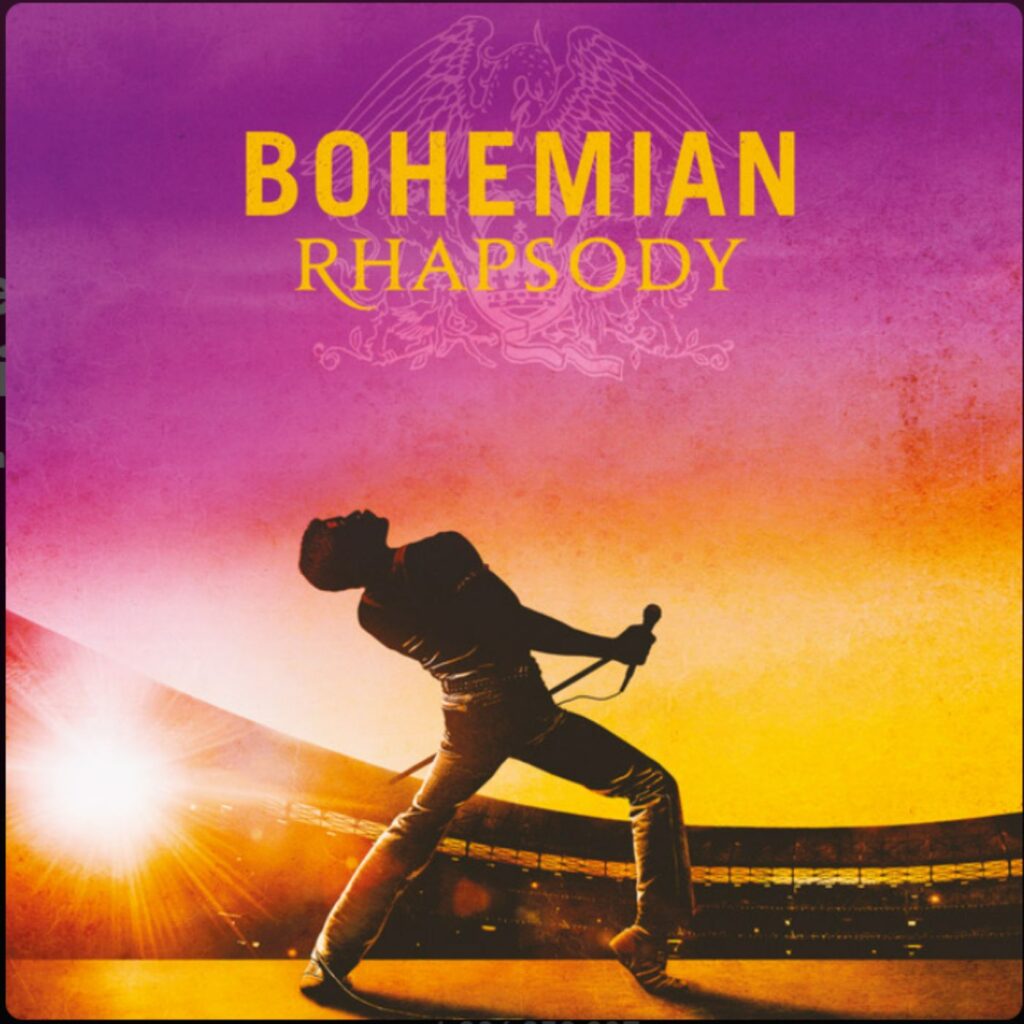
Queen revolutionized music promotion by accident. When tour commitments prevented the band from appearing on BBC’s Top of the Pops, they created a promotional film using advanced color video technology and multi-layered effects impossible for 1975 television broadcasts. The production cost £4,500—expensive for promotional material, but cheaper than multiple live appearances.
EMI Records initially viewed the video as a necessary evil, not artistic innovation. But when “Bohemian Rhapsody” topped charts worldwide without traditional promotion, every major label scrambled to understand Queen’s template. This innovation helped launch MTV six years later, proving bands could reach global audiences through pure visual storytelling.
9. This is America
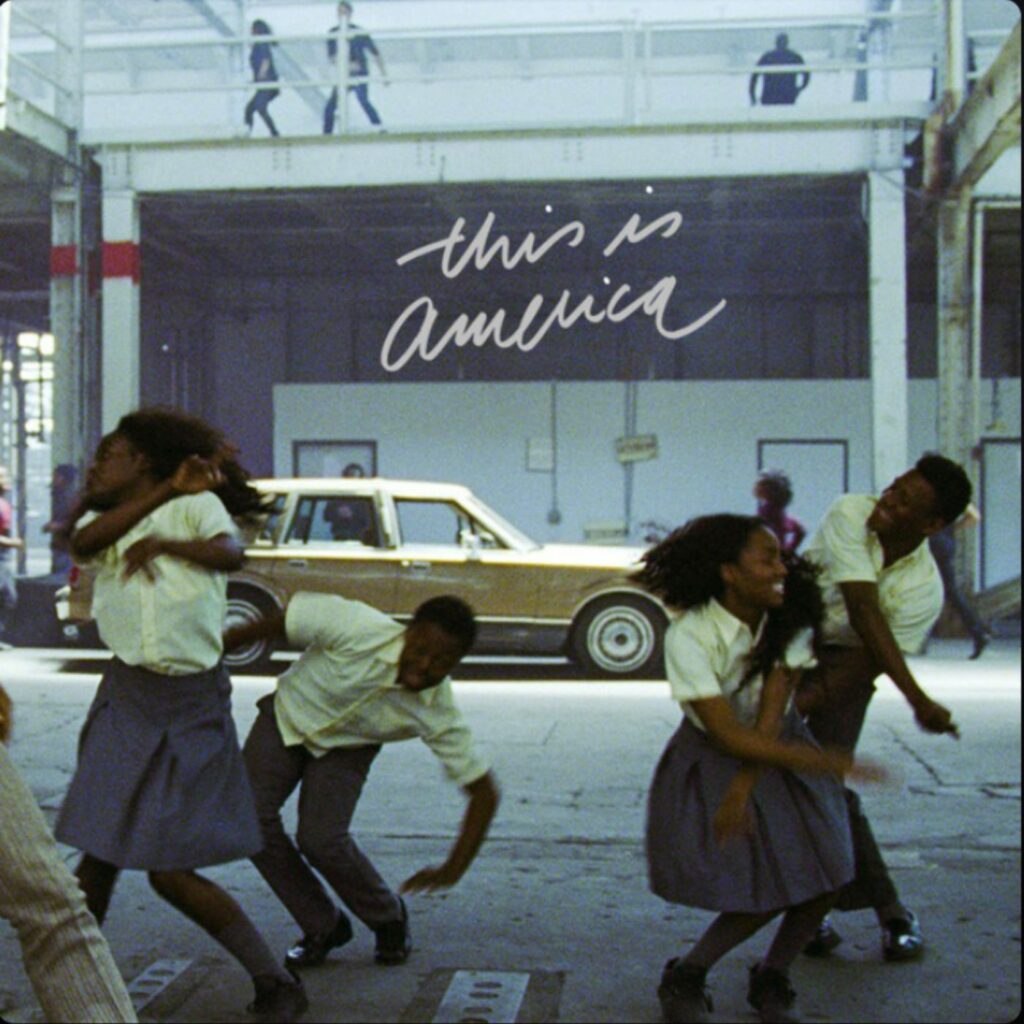
Donald Glover shot “This Is America” in Atlanta’s warehouse district using ARRI Alexa cameras, deliberately avoiding traditional studio setups. Director Hiro Murai employed long takes and precise choreography to create jarring tonal shifts that reflected America’s cultural schizophrenia. The production team included Grammy-winning choreographer Sherrie Silver, whose African dance influences sparked global conversation.
Industry veterans worried about potential advertiser backlash, but RCA Records backed Glover’s artistic vision completely. The result accumulated 12.9 million views in 24 hours while generating academic papers and congressional discussions. This video proved music videos could function as serious social commentary without sacrificing commercial appeal.
8. Sledgehammer

Peter Gabriel endured 16 hours under reinforced glass while Aardman Animations pioneered techniques later used in Wallace & Gromit. The production required specialized Mitchell cameras capable of single-frame exposures, shooting 25 poses per second at a total cost of £100,000. Gabriel’s management initially balked at the experimental budget allocation. “Sledgehammer” truly showcased the magic of visua arts.
Virgin Records executives watched nervously as production stretched beyond typical video timelines, but the artistic gamble paid off spectacularly. Nine VMAs and MTV’s most-played status proved that creative ambition could transcend technical limitations, inspiring directors like Michel Gondry and Spike Jonze to push video boundaries even further.
7. Take on Me

A-ha’s rotoscoped masterpiece required specialized Oxberry animation cameras and cost roughly $200,000—astronomical for 1985. The Norwegian trio worked with director Steve Barron to hand-trace over 3,000 frames using rotoscoping techniques borrowed from Disney’s animation department. Each second required 24 individual drawings.
Warner Bros initially resisted the experimental approach, preferring traditional performance footage. The payoff proved industry skeptics wrong: six VMAs and a visual template that inspired everyone from Weezer to contemporary TikTok creators. “Take on Me” established music videos as legitimate artistic medium worth serious creative investment.
6. Single Ladies (Put a Ring on It)

Beyoncé proved that minimalism hits harder than spectacle. Shot on 16mm film in a single day at Silvercup Studios, “Single Ladies” cost under $50,000—pocket change compared to typical pop productions. The genius lay in choreographer JaQuel Knight’s deliberately simple moves, designed for maximum replication across platforms that didn’t even exist yet.
Record executives initially worried about the video’s stark aesthetic competing against flashier productions. Instead, the accessibility sparked a global dance phenomenon that generated more organic promotion than any marketing campaign could buy. This video didn’t just entertain; it created the template for viral dance content.
5. Smells Like Teen Spirit
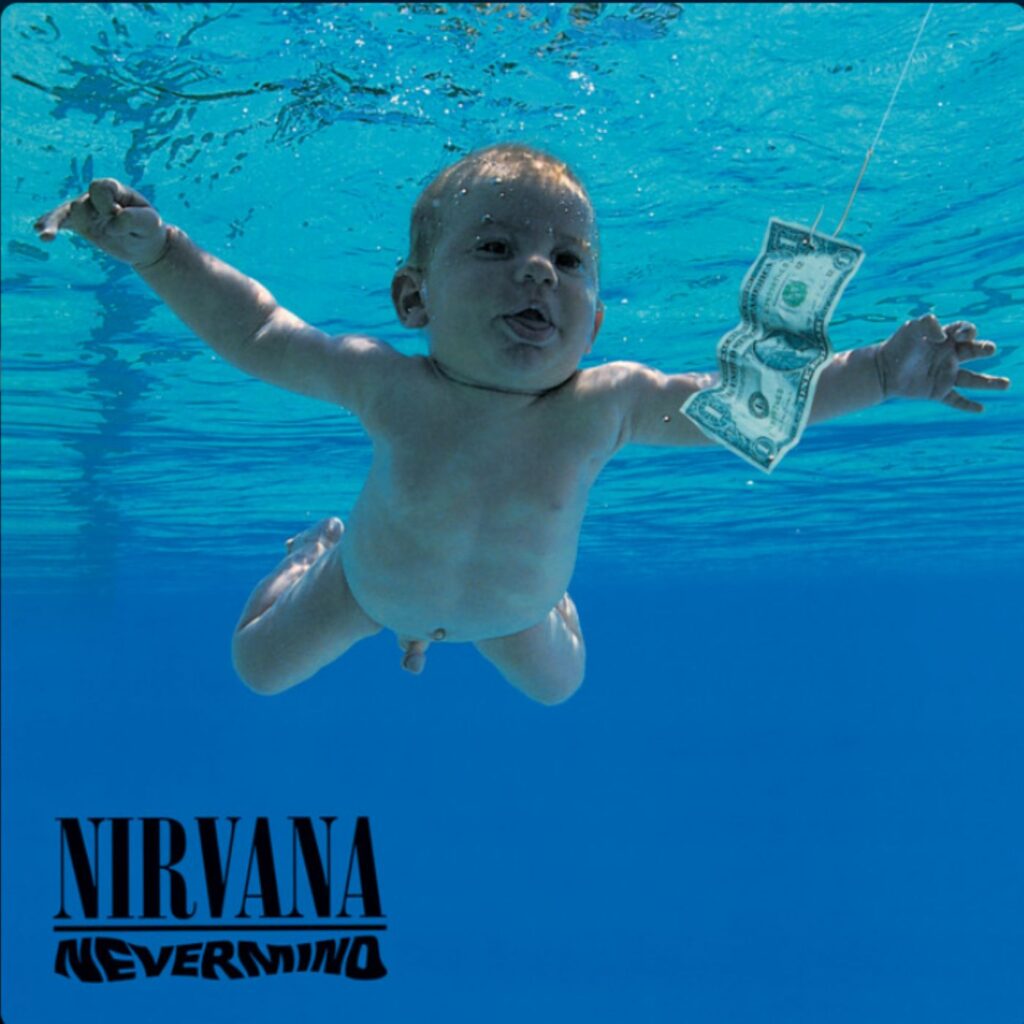
Kurt Cobain collaborated with first-time director Samuel Bayer to create authentic teenage chaos using handheld Bolex cameras and natural lighting. The Van Nuys gymnasium setting cost under $30,000, but Cobain insisted on hiring real teenagers rather than actors, paying them $25 each to authentically mosh for multiple takes.
Geffen Records worried the raw aesthetic wouldn’t compete with polished pop productions dominating MTV rotation. Instead, “Smells Like Teen Spirit” became MTV Europe’s most-watched video, proving authentic energy could overpower expensive production values. The video’s success forced the network to expand alternative programming, fundamentally shifting music television’s demographic focus.
4. Like a Prayer

Madonna weaponized controversy on “Like a Prayer” like no artist before or since. The backlash generated unprecedented media coverage, turning controversy into cultural conversation. Madonna demonstrated how music videos could function as platforms for artistic provocation while maintaining massive commercial appeal—putting “Like a Prayer” among the most controversial music videos ever aired.
Sire Records stood behind Madonna’s artistic vision despite Vatican condemnation and global boycott threats. The backlash generated unprecedented media coverage, turning controversy into cultural conversation. Madonna demonstrated how music videos could function as platforms for artistic provocation while maintaining massive commercial appeal.
3. …Baby One More Time

Britney Spears was 16 when she convinced director Nigel Dick to let her wear the schoolgirl outfit instead of his original leather concept. Jive Records executives panicked about potential backlash, but the controversy generated exactly the media attention teen pop needed to explode mainstream culture, with her hit song “..Baby One More Time“.
Shot at Venice High School for under $53,000, the video employed steadicam technology typically reserved for feature films. The visual DNA of late-’90s pop culture flows directly through this production—from hair accessories to dance moves that defined an entire generation’s aesthetic vocabulary.
2. Thriller
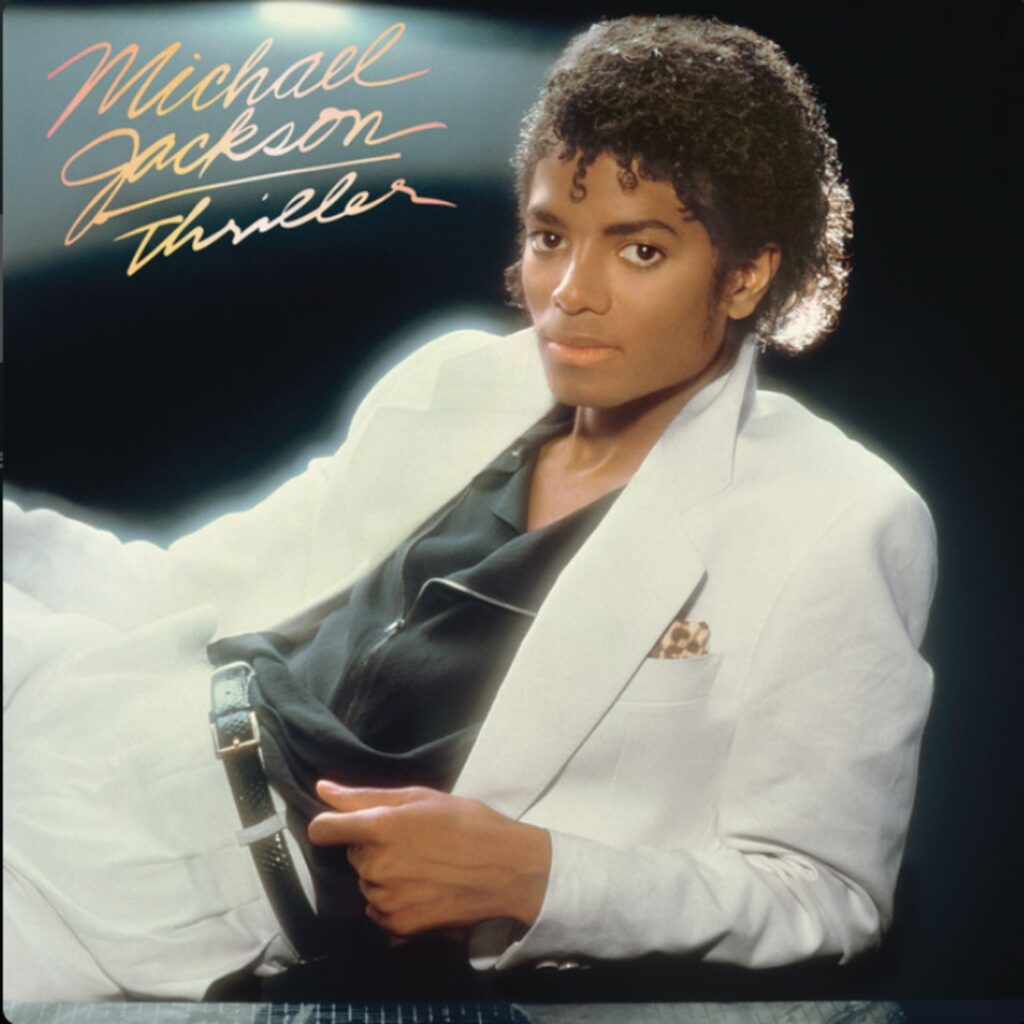
Michael Jackson convinced Epic Records to spend $1 million on a 14-minute horror production—previously unthinkable for promotional material. Director John Landis employed professional makeup artist Rick Baker and state-of-the-art prosthetics, creating transformation sequences that influenced Hollywood horror films for decades. The red leather jacket cost $1,200 and required custom tailoring.
Industry executives initially resisted the experimental length and budget, but Jackson’s vision paid off exponentially. “Thriller” broke racial barriers on MTV while establishing the gold standard for visual storytelling in popular music. The zombie dance became Halloween’s most replicated choreography, proving music videos could create permanent cultural touchstones.
1. Gangnam Style
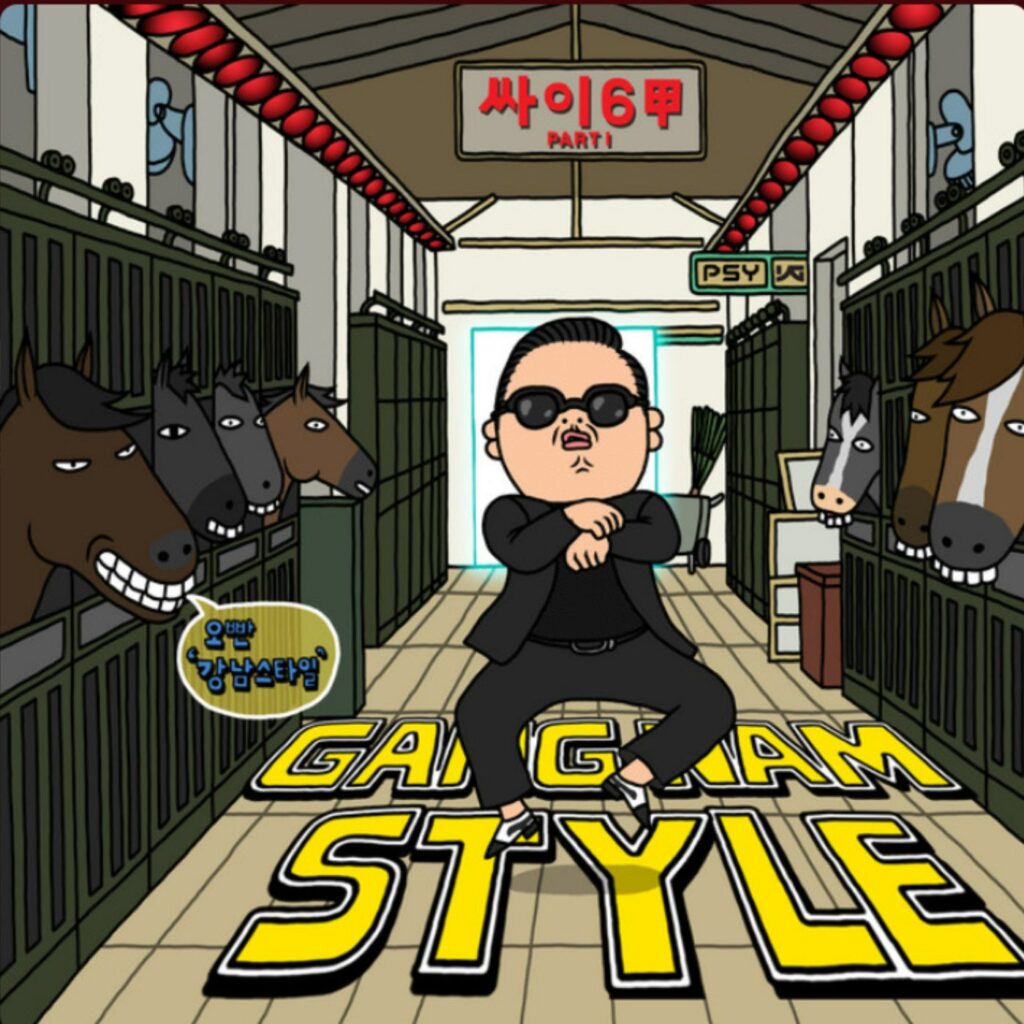
Psy didn’t just break the internet—he forced Google to rebuild it. When “Gangnam Style” shattered YouTube’s 32-bit view counter at 2,147,483,647 views, platform engineers worked overtime expanding the architecture to accommodate 64-bit integers. The production used RED Epic cameras and cost roughly $1.2 million, but the horse-riding dance generated billions in cultural value.
Industry insiders initially dismissed K-pop’s Western potential, but Psy’s success forced major labels to establish Asian A&R divisions. This viral tsunami opened floodgates for BTS, BLACKPINK, and an entire generation of Korean artists. Sometimes the most important revolutions arrive disguised as pure fun. Discover more pop culture-shaping music videos that broke records and changed what music could mean, both on screen and off.




